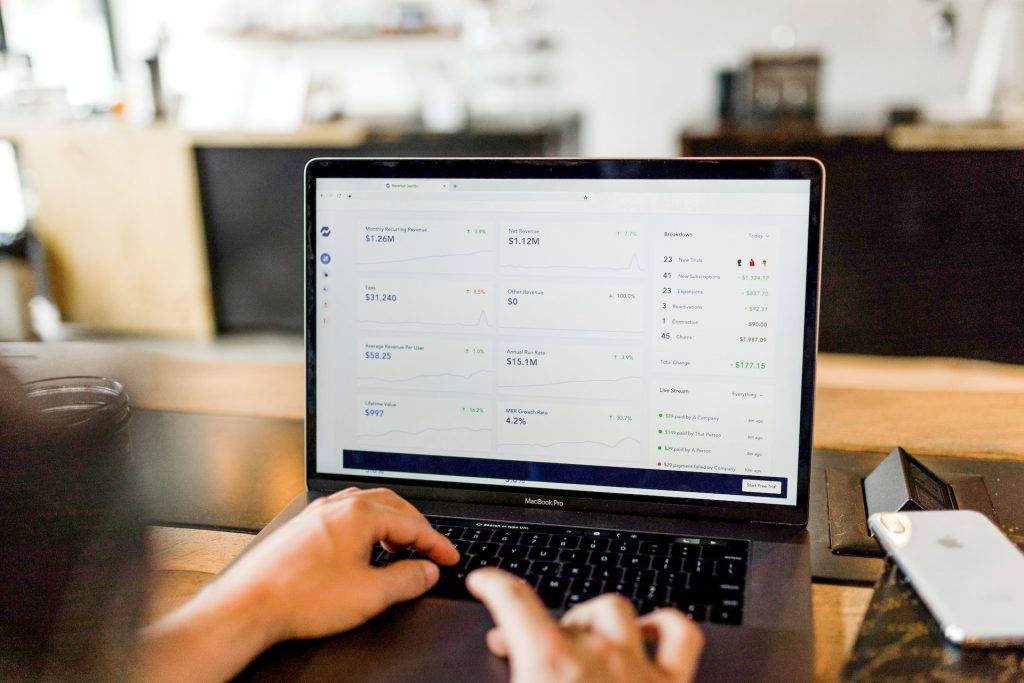Improving your website’s conversion rate is an ongoing process that requires a combination of creativity, hard work, and experimentation. While it can feel like taking shots in the dark, having clear guidance on what works best can be invaluable.
This guide draws on years of experience helping clients from various industries develop systematic and repeatable strategies to enhance conversion rates. By following these five simple steps, you can increase your website’s conversion rate and enjoy greater success.
- Define Your Goals
To start your conversion rate optimization journey, it’s crucial to define your website’s goals and the specific actions you want visitors to take that will generate value for your business. Using performance data and consumer insights, you can create goals tailored to your unique requirements and track visitor behaviour to optimize your website and improve conversions.
You can establish various conversion objectives for different web pages, including page visits, form submissions, link or element clicks, and personalized conversions. By analyzing performance data and consumer behaviour, you can devise specific goals that align with your website’s distinct needs, monitor visitor actions, and refine your website to enhance conversion rates.
- Perform Competitor Analysis
Performing a competitor analysis is crucial to gaining a competitive edge over your rivals. By objectively evaluating your strengths and weaknesses against your competitors, you can focus your efforts on ensuring that your website and product range are the best available options for potential customers.
Furthermore, it’s crucial to remember that prospective buyers will likely conduct research before finalizing a purchase, which may involve examining your competitors. By conducting a thorough analysis of your competitors, you can gain insight into your business from the customer’s perspective and objectively assess your strengths and weaknesses in comparison to your competitors.
- Optimize Your Landing Pages
To improve your conversion rates, consider optimizing the layout of your critical pages. By leveraging tools such as scroll maps, mouse tracking, and click maps, you can gain insights into how visitors interact with your website and create a page that is more engaging for visitors and more likely to drive conversions.
- Improve User-Experience On Your Website
To enhance user experience on your website, it’s important to make site navigation simple and seamless. By simplifying the user journey as much as possible, ensuring that key information and calls to action are prominently displayed, and minimizing distractions or unnecessary steps in the conversion process, you can increase the likelihood that visitors will convert immediately, leading to higher overall conversion rates and improved business outcomes.
Utilizing tools like scroll maps, mouse tracking, and click maps can provide valuable insights into the ways in which visitors engage with your website. Armed with this information, you can craft a webpage that is more compelling for your visitors, thereby increasing the likelihood of conversions.
- Measure & Test
A/B testing is one of the most methodical ways to make data-backed optimizations to your website pages and reduce the risk of negative impacts on conversion rates. By comparing your hypotheses against the original version of a webpage to determine which version positively impacts conversions, you can confidently deploy the winning version universally, relying on visitor behaviour to inform your decision rather than making assumptions.
Before determining whether changes to a webpage are effective, it’s crucial to track and evaluate their impact. This approach enables you to confidently implement the winning version across your website, leveraging visitor behaviour to inform your decision-making rather than relying on assumptions. By adopting this data-driven approach, you can continuously enhance the user experience and optimize conversion rates on your website.
Final Thoughts
Improving your conversion rate is a crucial step in increasing your marketing ROI. By converting more visitors, you can drive a higher impact on your top line from your existing traffic. To ensure success, it’s important to define your goals, gather data, and continuously run objective tests to determine what resonates with your target audience. By taking a data-driven approach and continually optimizing your conversion strategy, you can achieve sustainable growth and drive better results for your business.
Author Bio:
Angel Martins is a longtime New York Writer and Marketing Executive, at the UK’s leading Digital Marketing Agency, Finsbury Media. Finsbury Media delivers a full range of digital marketing services, growing business across the UK and globally. From London SEO to PPC they got it all. Angel is passionate about all things Tech, Marketing, SEO, PPC, Web Design and Social Media.

